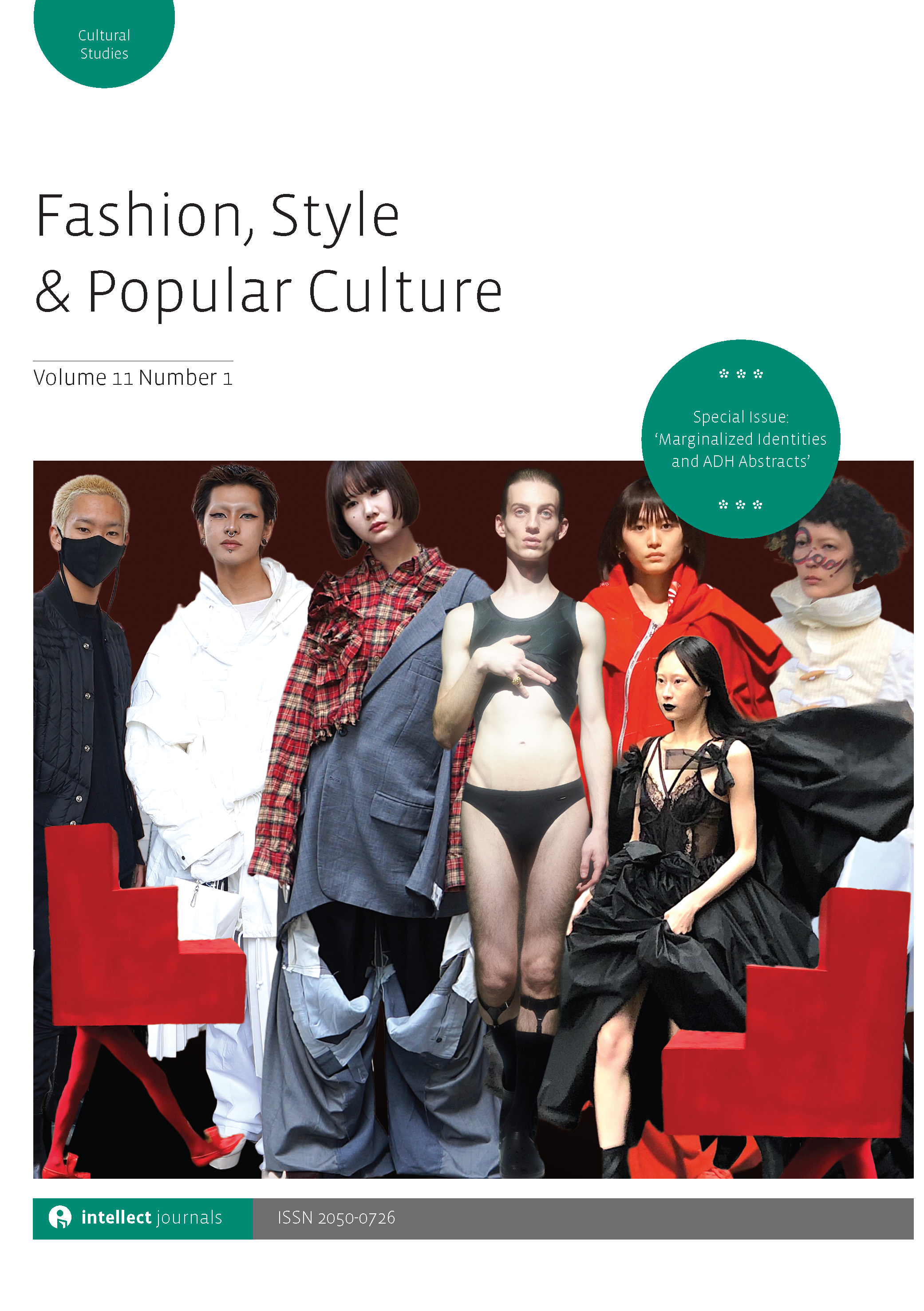
Full text loading...


The present article aims to demonstrate the intersected relations between Indigenous communities and designers in the fashion industry. These interrelations are explained through a case study between Dotnit, an Otomí embroidery cooperative, and the Mexican designer Carla Fernández. An extensive multi-sited ethnography was carried out between 2013 and 2017 in Tenango de Doria, Hidalgo, and Mexico City. Both places were explored with the purpose of understanding the complex relationships between the local and the global through the introduction of tenango embroidery into the fashion world. This research aims to understand the consumption of Indigenous textiles in a glocalized world by following the paths of diversion that tenango embroidery navigates through artisans, designers and consumers. Through the article, interrelationships among different agents will be examined in an effort to understand the complexities within artisan–designer dynamics.

Article metrics loading...

Full text loading...
References

Publication Date:
https://doi.org/10.1386/fspc_00238_1 Published content will be available immediately after check-out or when it is released in case of a pre-order. Please make sure to be logged in to see all available purchase options.